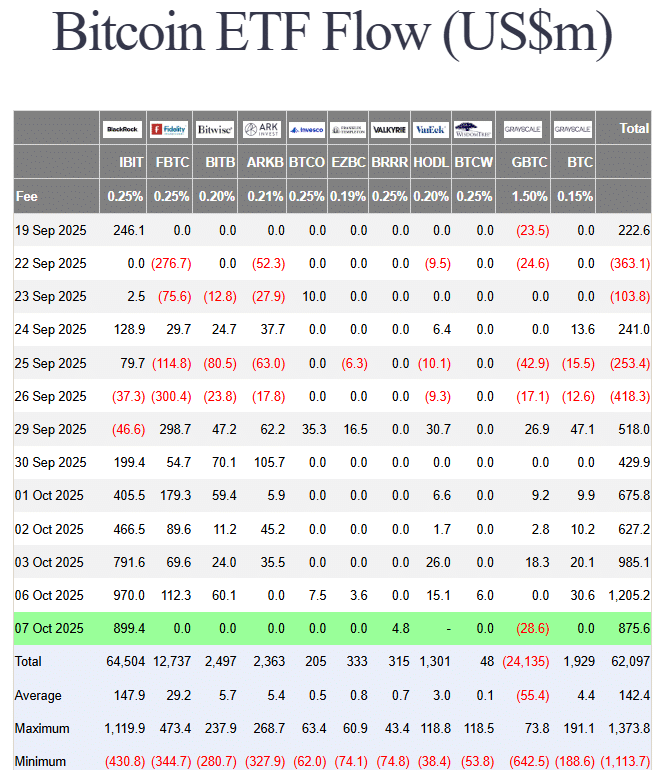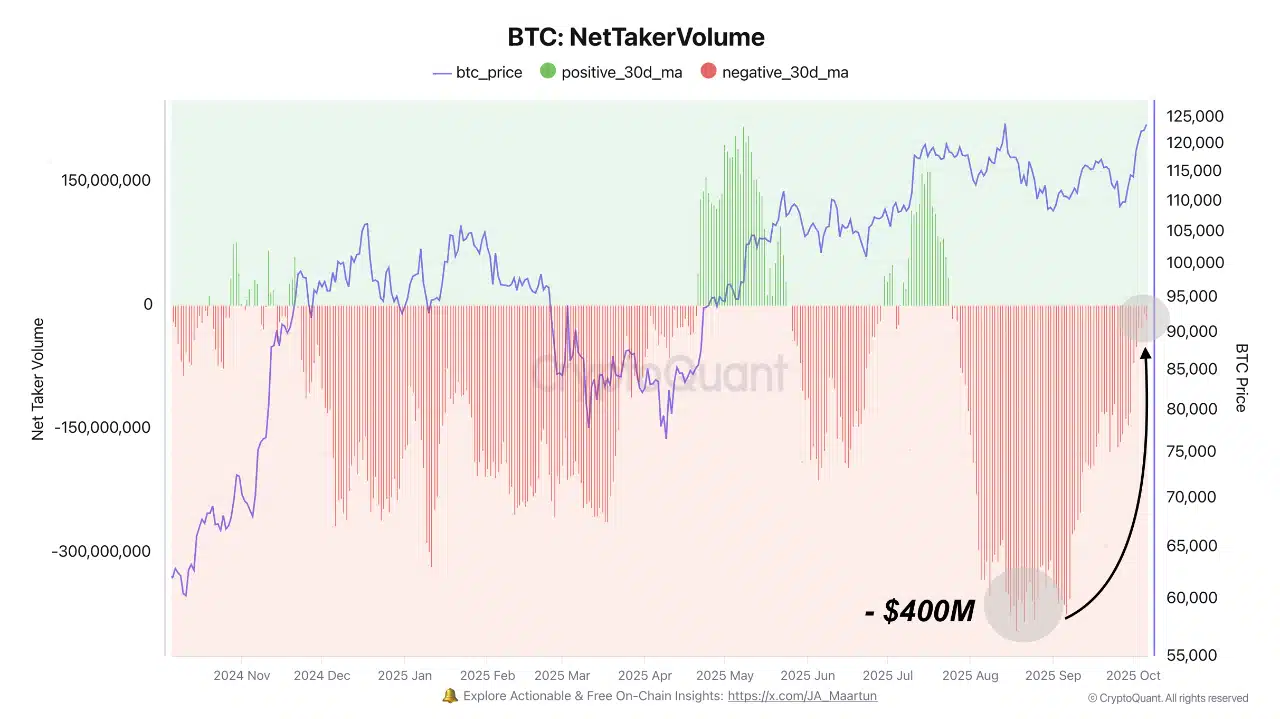Bitcoin retail volume decline is driven by retail exhaustion and a shift to ETF exposure and institutional treasuries; small-ticket on-chain transactions have fallen since spring 2024 even as BTC price rose, while institutional inflows and DAT accumulation helped sustain upward momentum.
-
Retail exhaustion: on‑chain small-ticket volumes have trended lower since spring 2024.
-
Institutional demand and ETF inflows absorbed buying pressure, reducing on‑chain retail activity.
-
30‑day average small-ticket volume: ~$106 million; BTC treasury holdings in DATs rose ~4.89% over 30 days.
Meta description: Bitcoin retail volume decline shows retail exhaustion and ETF-driven flows; learn why on-chain retail is falling and how institutions are absorbing supply. Read analysis and takeaways.
What is causing the Bitcoin retail volume decline?
Bitcoin retail volume decline reflects falling on‑chain small-ticket (≤$1k) activity as retail traders chase altcoin trends and increasingly gain exposure via spot ETFs. Institutional treasuries and ETF inflows have absorbed buying pressure, allowing prices to rise despite lower retail on‑chain participation.
When did retail participation begin to fall and how large is the drop?
On‑chain metrics show the downtrend in small transaction volume began in spring 2024 and has continued into late 2025. The 30‑day average volume for small transactions was approximately $106 million, with the amplitude of volume spikes shrinking compared with prior cycles.
Retail participation has been fading in recent weeks of the Bitcoin [BTC] bull run. Crypto analyst Axel Adler Jr documented on X that the small transaction segment (up to $1k) experienced a sustained downtrend in volume since spring 2024.
![]()
Source: Axel Adler Jr on X (reported as plain text)
How do ETF inflows and institutional treasuries affect retail participation?
Spot ETFs and digital asset treasury companies (DATs) provide institutional and passive retail exposure off‑chain. This encourages investors to hold exposure via ETFs rather than transferring BTC to personal wallets, reducing on‑chain small‑ticket movement.
DATs continued to accumulate BTC; the most recent 30‑day window showed a 4.89% increase in BTC held by treasuries. ETF inflows remained robust in the past week, indicating demand even as price tested new highs and pulled back.

Source: Farside Investors (reported as plain text)
Why does sentiment among derivatives traders matter?
Derivatives net taker volume signals speculative pressure. CryptoQuant Insights highlighted that highly negative net taker volume in August–September implied bearish derivatives selling, but recent balancing of taker volume shows a sentiment shift toward neutral or mildly bullish.

Source: CryptoQuant Insights (reported as plain text)
Only seven days in the past month showed positive netflows to Binance, a sign that exchange inflows were limited and that traders were not consistently moving assets back onto spot exchanges for selling.
Can reduced retail activity derail the bull run?
Reduced retail participation alone is unlikely to stop a bull run when institutional demand, ETF inflows, and DAT accumulation are strong. Price dynamics depend on net demand versus supply; institutional buyers can sustain price pressure even with muted retail on‑chain activity.
Frequently Asked Questions
How does a drop in small-ticket transactions affect on-chain liquidity?
A decline in small-ticket transactions reduces on‑chain retail liquidity and lowers the frequency of retail-driven volatility. Institutional buyers and ETFs can compensate by removing more supply from circulation through custody and treasuries.
Is ETF buying masking retail exits from crypto?
Yes. ETF buying can mask retail exits from on‑chain holdings by providing an alternative vehicle for exposure; retail may shift capital to ETFs rather than hold BTC personally, lowering visible on‑chain retail volume.
What metrics best track retail exhaustion?
Key metrics include small-ticket on‑chain volume (<=$1k), 30‑day average small‑transaction volume, netflow to major exchanges, and the amplitude of transaction spikes versus price highs.
Key Takeaways
- Retail exhaustion: Small-ticket on‑chain volumes trended down since spring 2024, indicating fatigue.
- Institutional offset: ETF inflows and DAT accumulation absorbed buying pressure and supported price action.
- Sentiment shift: Derivatives selling softened; taker volume balanced, suggesting less bearish momentum.
Conclusion
The decline in Bitcoin retail volume reflects a structural shift where retail exposure increasingly flows through ETFs and institutions accumulate on balance sheets. On‑chain retail exhaustion coexists with institutional demand, making price outcomes depend on continued institutional inflows and macro liquidity conditions. Monitor small‑ticket volume, ETF flows, and exchange netflows for actionable signals.
